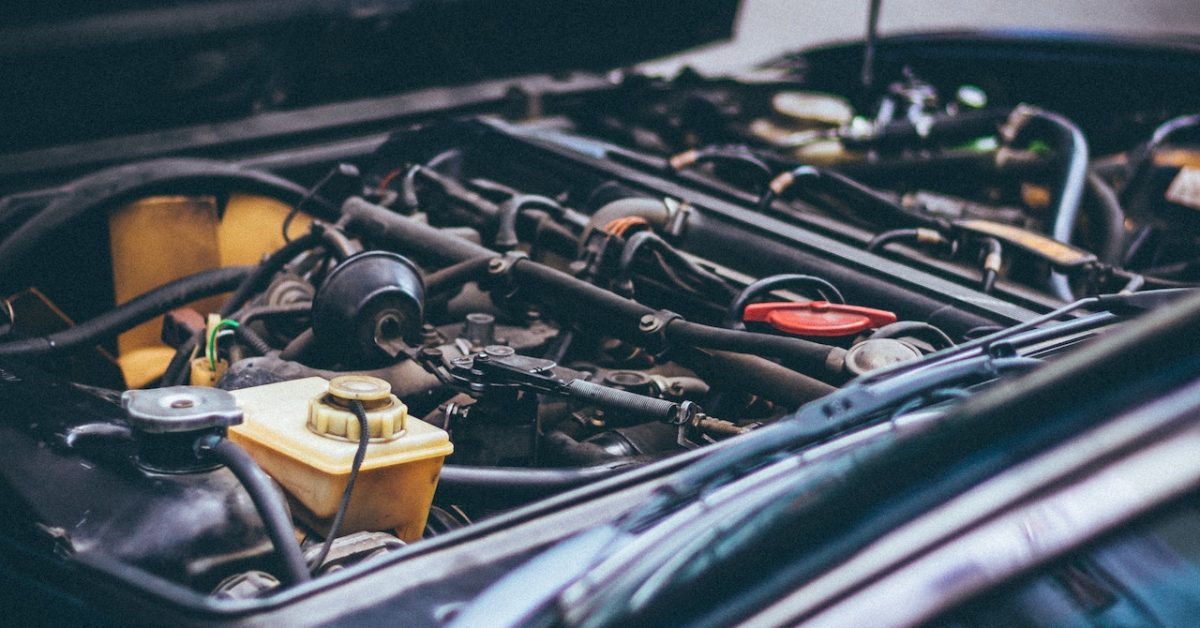Understanding fundamental auto maintenance and repair procedures is crucial for safe driving. Regular maintenance and inspections can boost safety, reduce breakdowns, and extend the life of your vehicles. To make sure you have the knowledge essential to keep your automobile in top condition, we’ll provide you with the ultimate car maintenance checklist in this blog post. This checklist will equip you to address probable difficulties and keep your automobile running smoothly, from routine maintenance to resolving typical problems.
Regular Maintenance
The first step in keeping your car in optimal condition is adhering to regular maintenance tasks. This includes checking and changing the engine oil, inspecting and replacing air filters, monitoring tire pressure and tread depth, and ensuring proper functioning of the lights and signals. Regularly scheduling these maintenance tasks will not only optimize the performance of your vehicle but also enhance its fuel efficiency and reduce the risk of unexpected breakdowns.
Fluid Checks
Keeping an eye on the various fluids in your car is crucial to its overall health. Regularly check the levels and quality of engine oil, coolant, brake fluid, power steering fluid, and windshield washer fluid. Low levels or dirty fluids can lead to serious issues such as overheating, brake failure, or compromised visibility. Topping up or replacing fluids as needed will help maintain your car’s systems and prevent potentially costly repairs.
Brake System Inspection
The brakes are one of the most critical safety features in any vehicle. Regular inspection is essential to ensure their proper functioning. Check brake pads and shoes for wear and tear, monitor brake fluid levels, and listen for any unusual noises or vibrations while braking. Addressing brake issues promptly will ensure the safety of both you and your passengers on the road.
Battery and Electrical System
A well-functioning battery and electrical system are essential for smooth operation and reliable performance. Regularly inspect your battery for corrosion, loose connections, or signs of damage. Test the battery voltage and consider replacing it if it’s older than three years or shows signs of weakness. Additionally, check the alternator and starter motor for any issues, and inspect the wiring and fuses for signs of wear or damage. Maintaining a healthy electrical system will prevent unexpected breakdowns and ensure that all the electronic components of your vehicle function correctly.
Troubleshooting Common Issues
Even with regular maintenance, occasional issues may arise. Familiarize yourself with common problems such as a flat tire, overheating, a malfunctioning air conditioning system, or unusual engine noises. Learn how to change a tire, check coolant levels, and identify warning signs that require professional attention. Being able to troubleshoot common issues will save you time, money, and potential inconveniences.
Conclusion
A well-maintained vehicle is not only safer but also more reliable and cost-effective. By following the ultimate car repair checklist, you’ll be better equipped to address routine maintenance, conduct regular inspections, and troubleshoot common issues. Take charge of your car’s health, and enjoy a smooth and worry-free driving experience for years to come.





